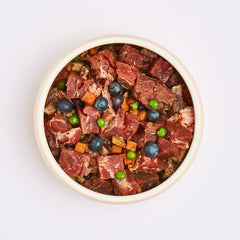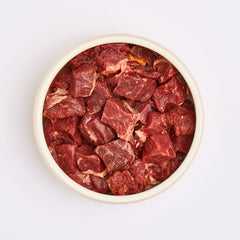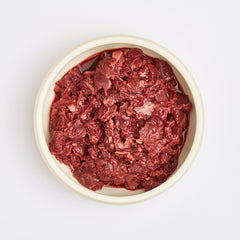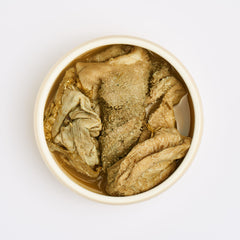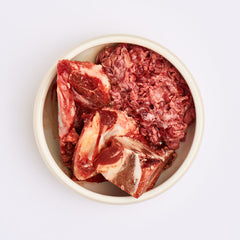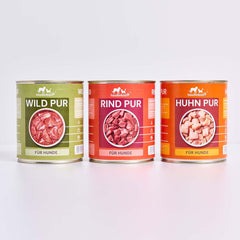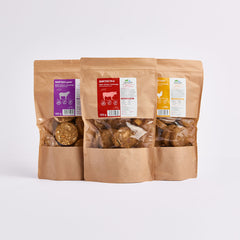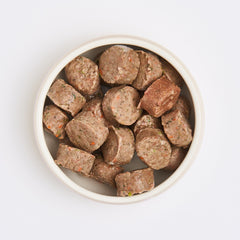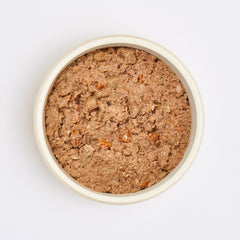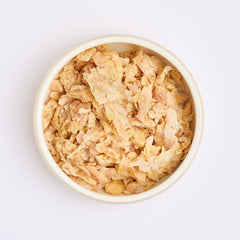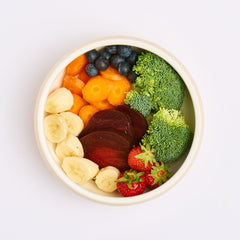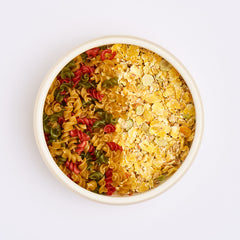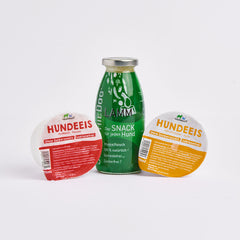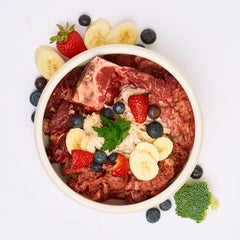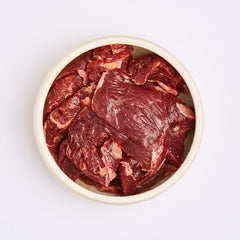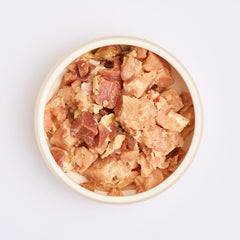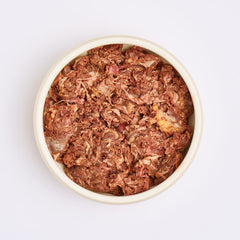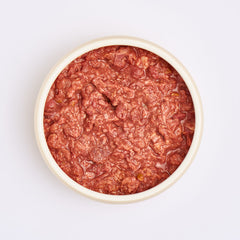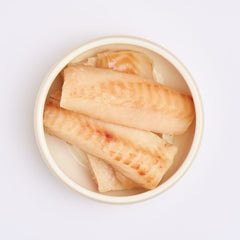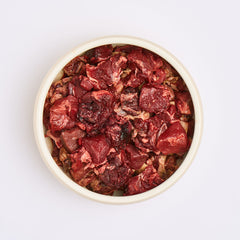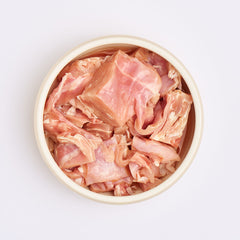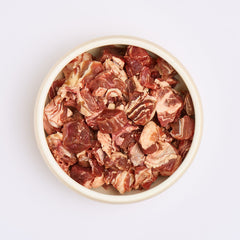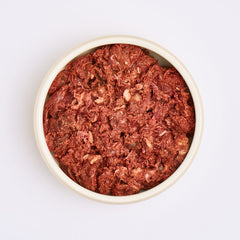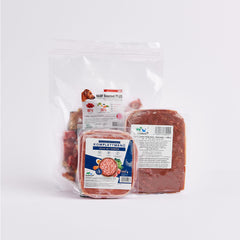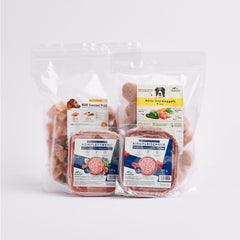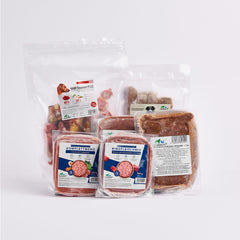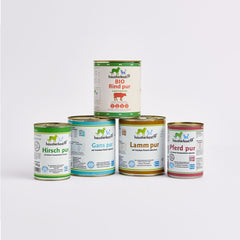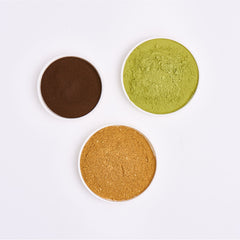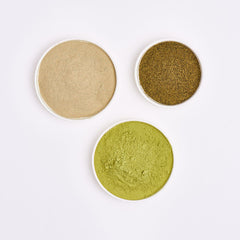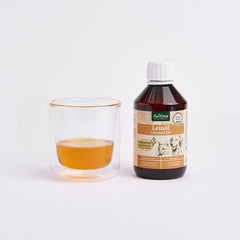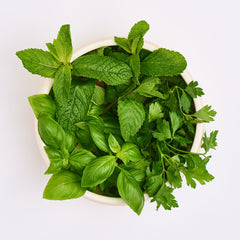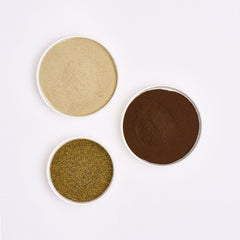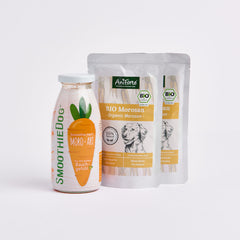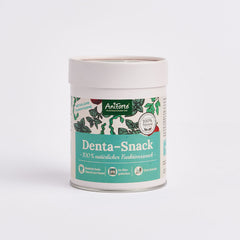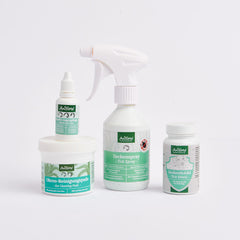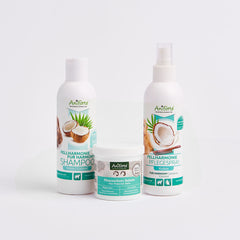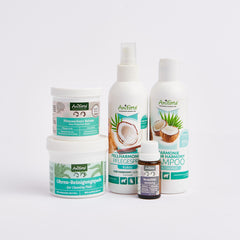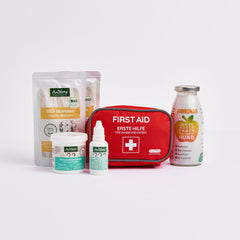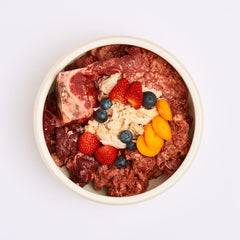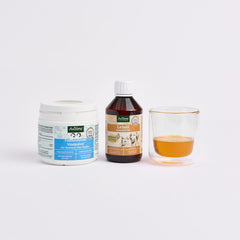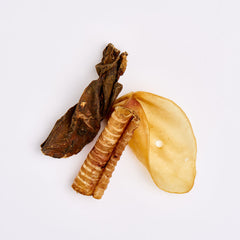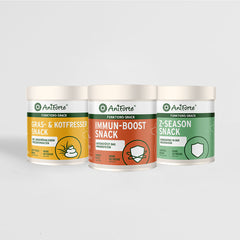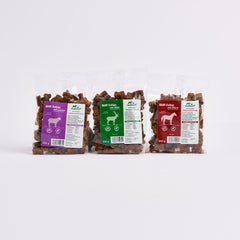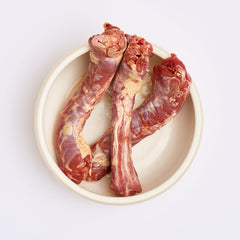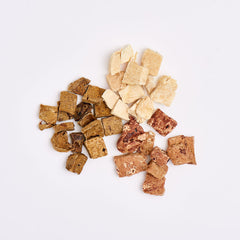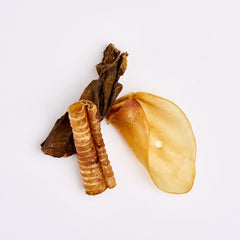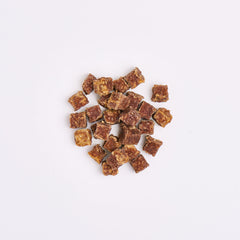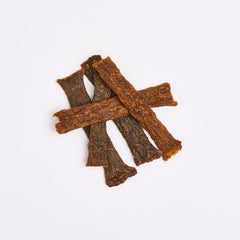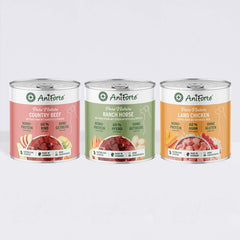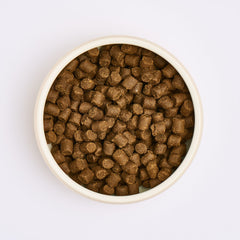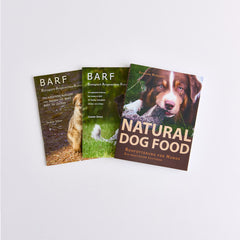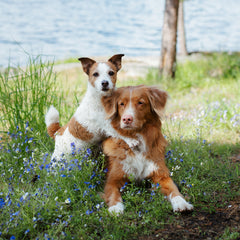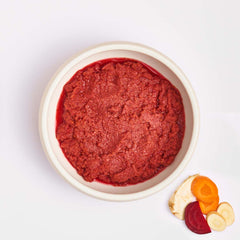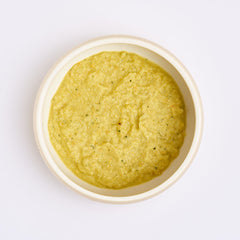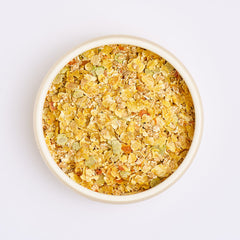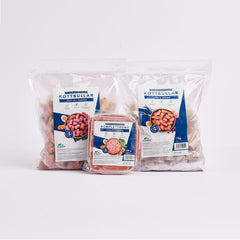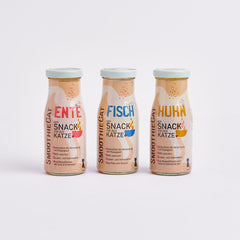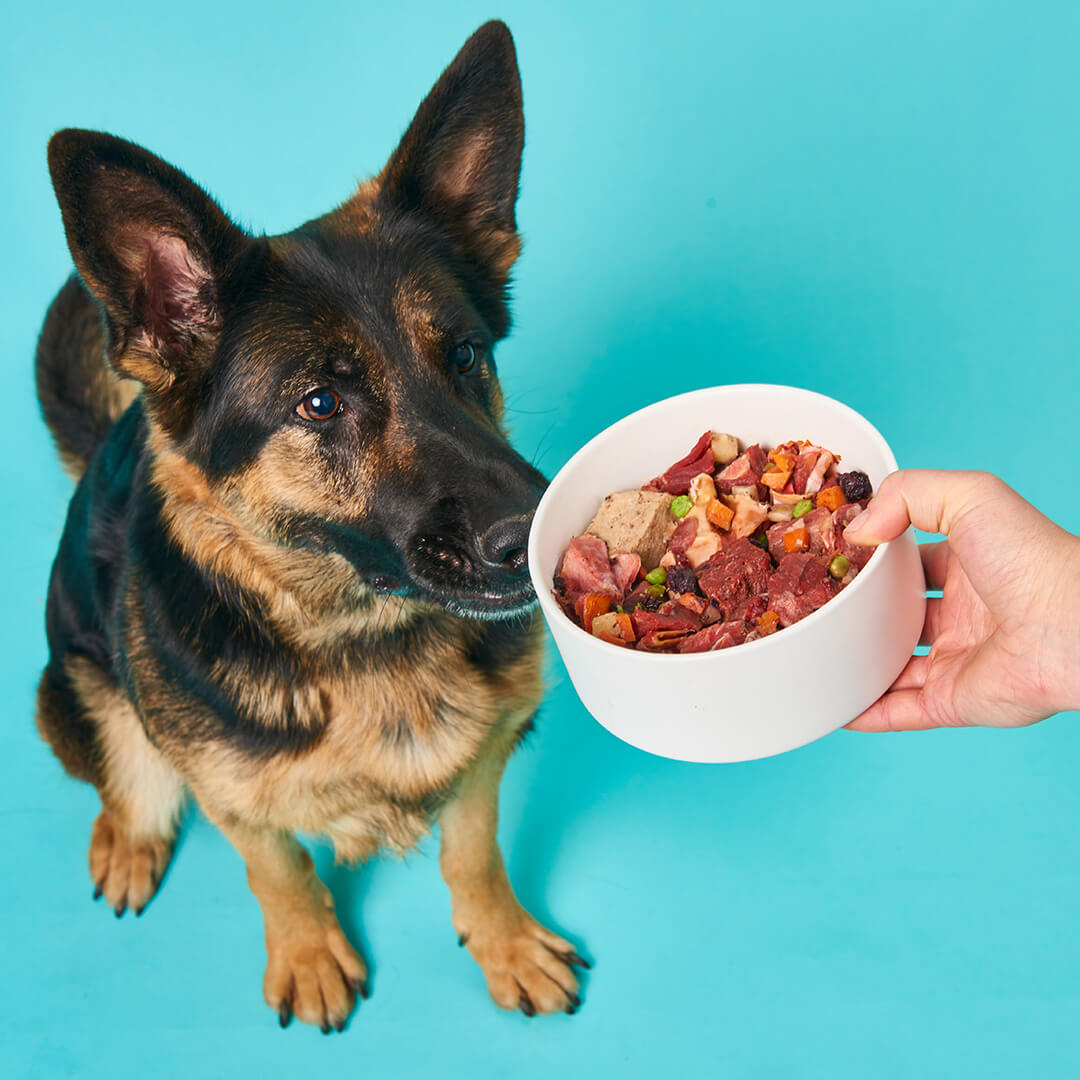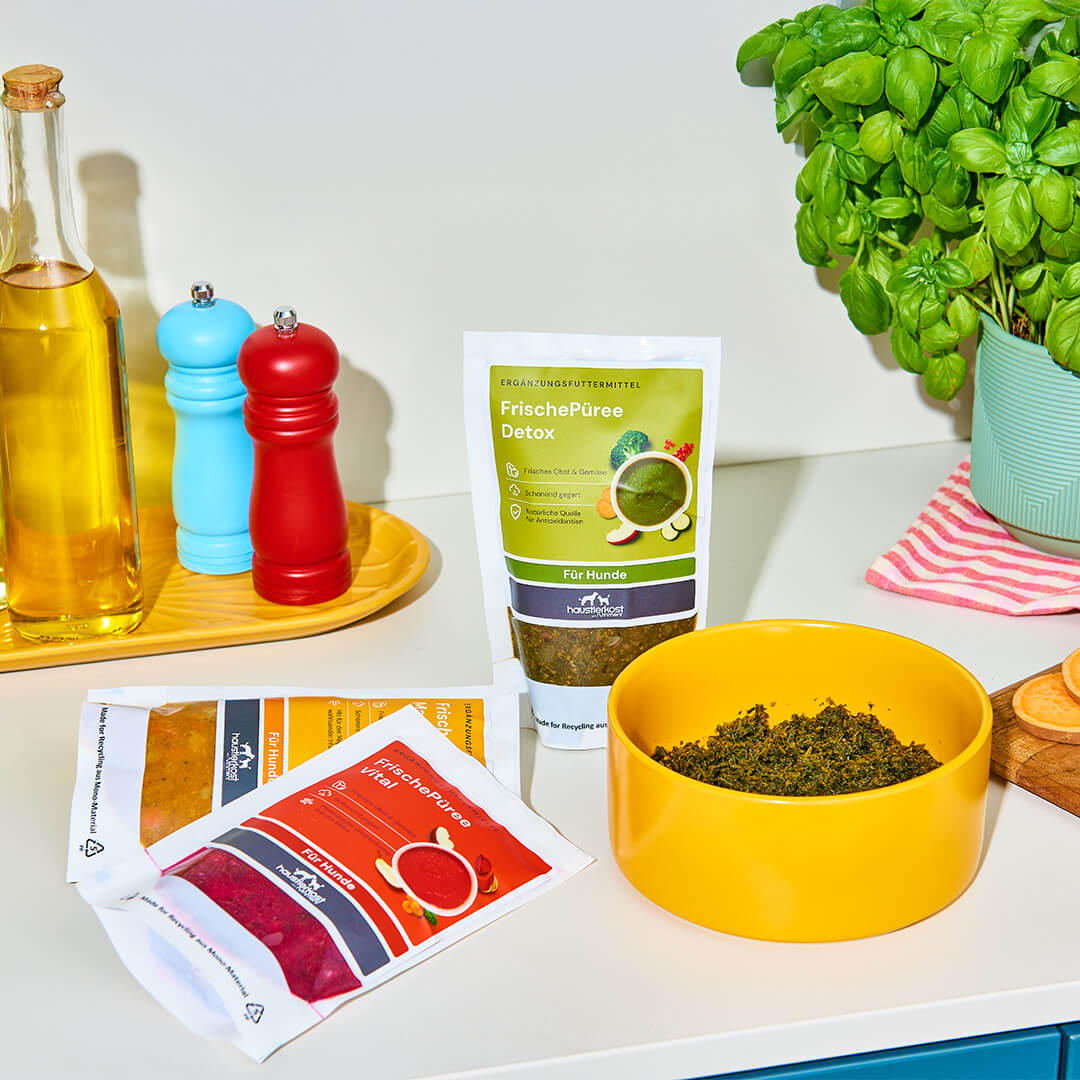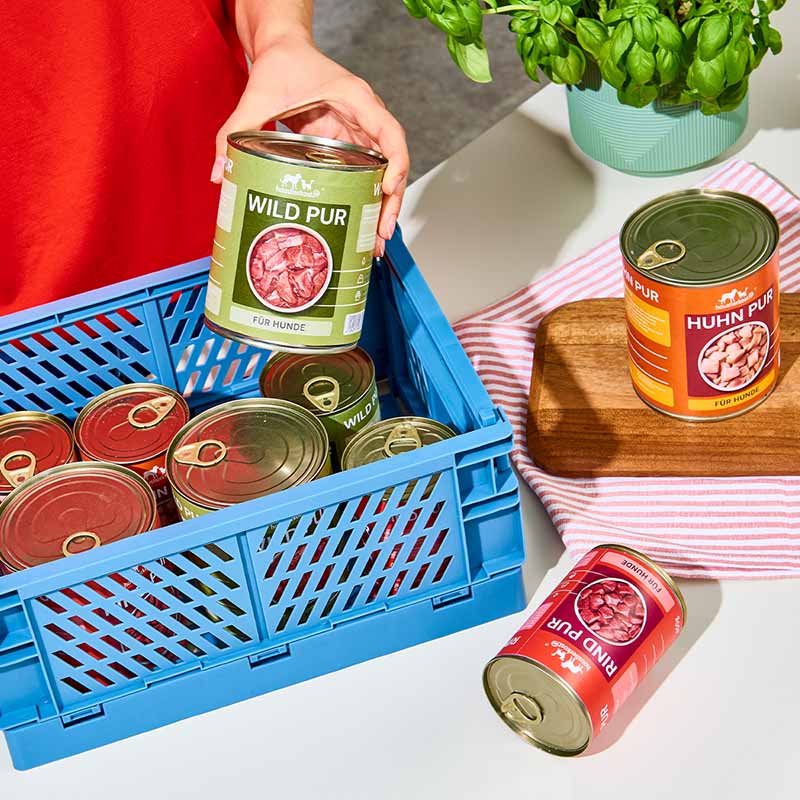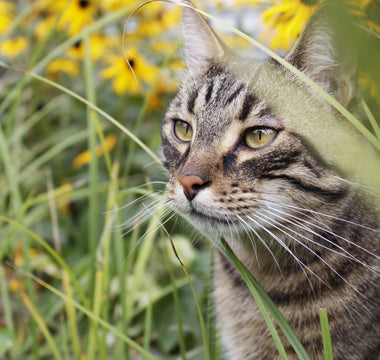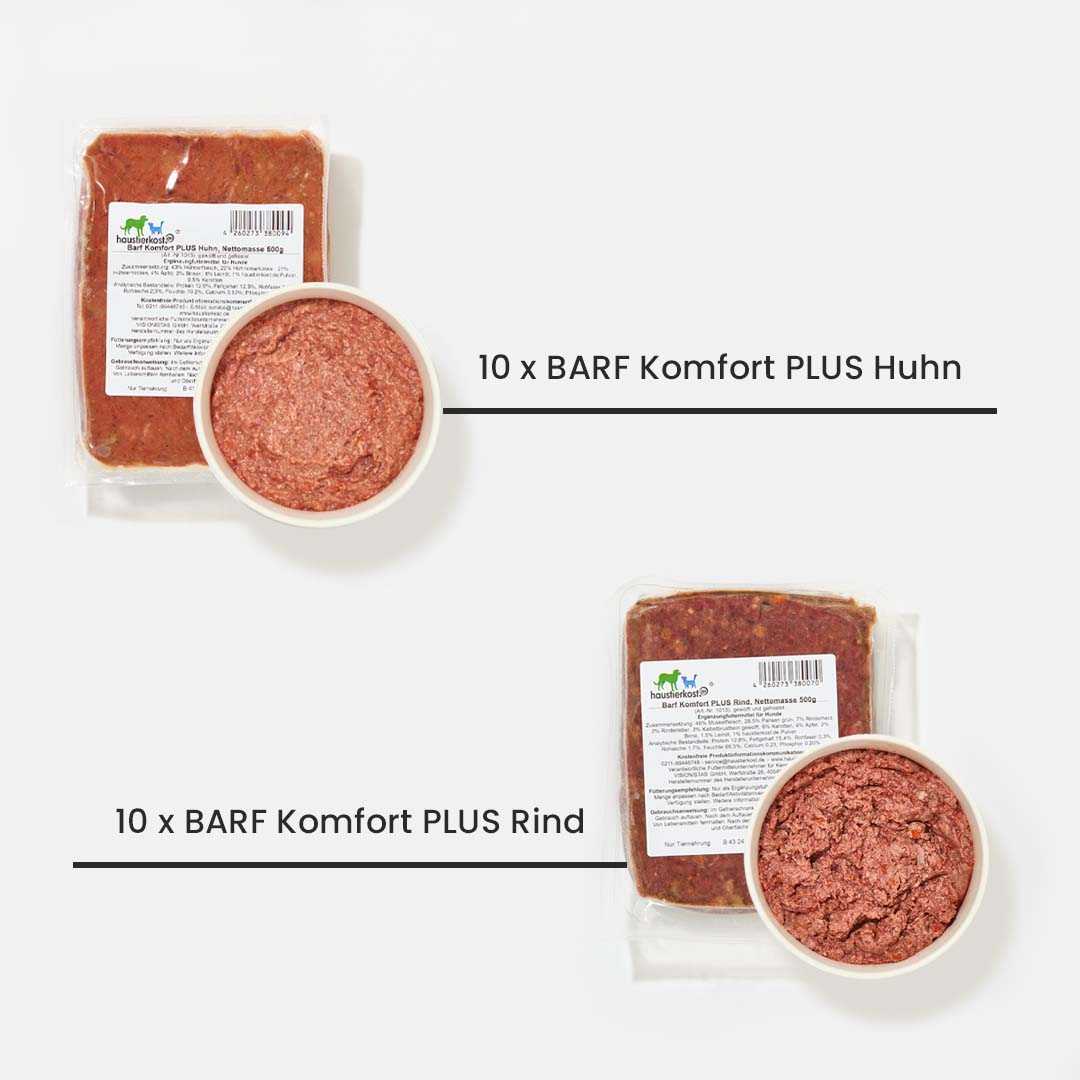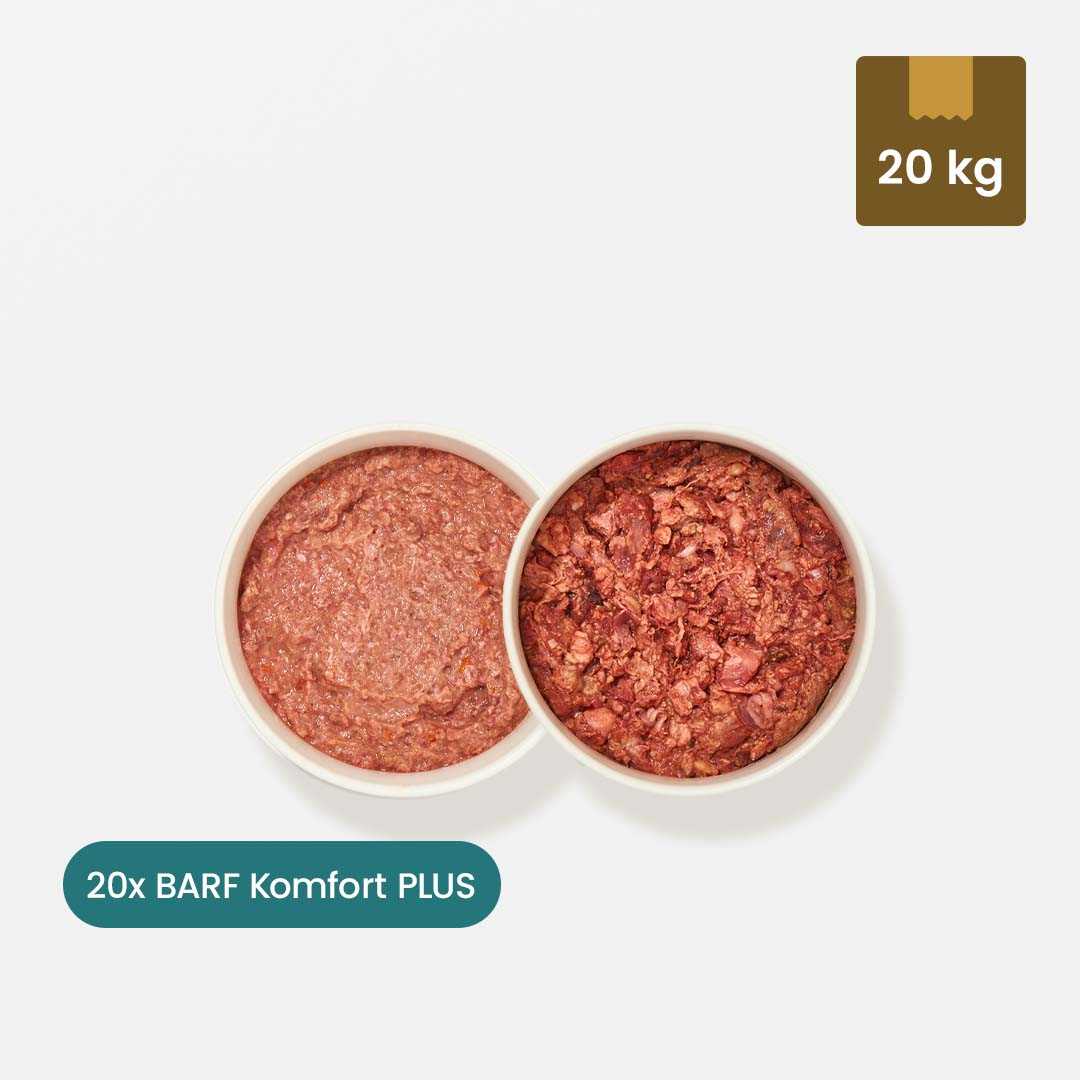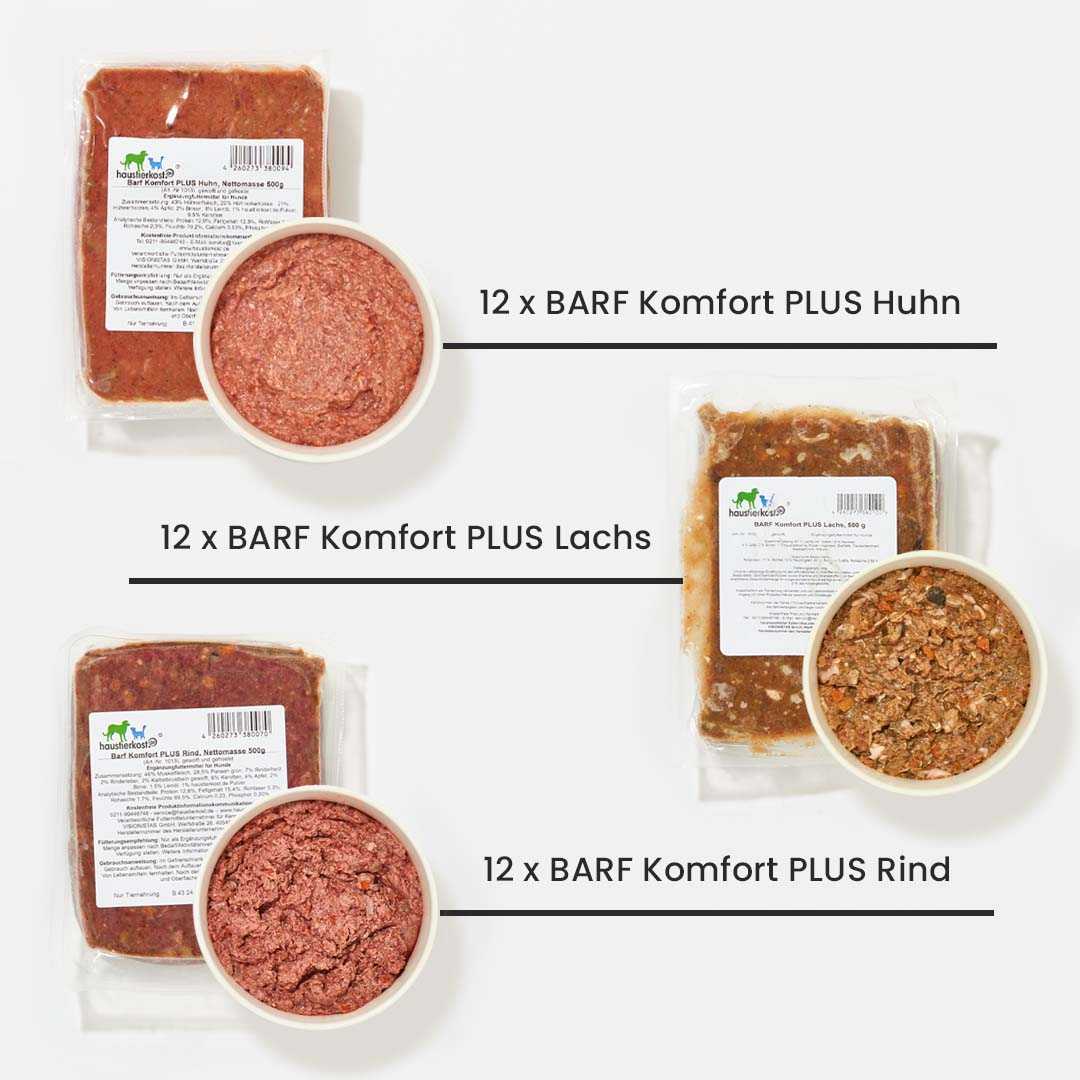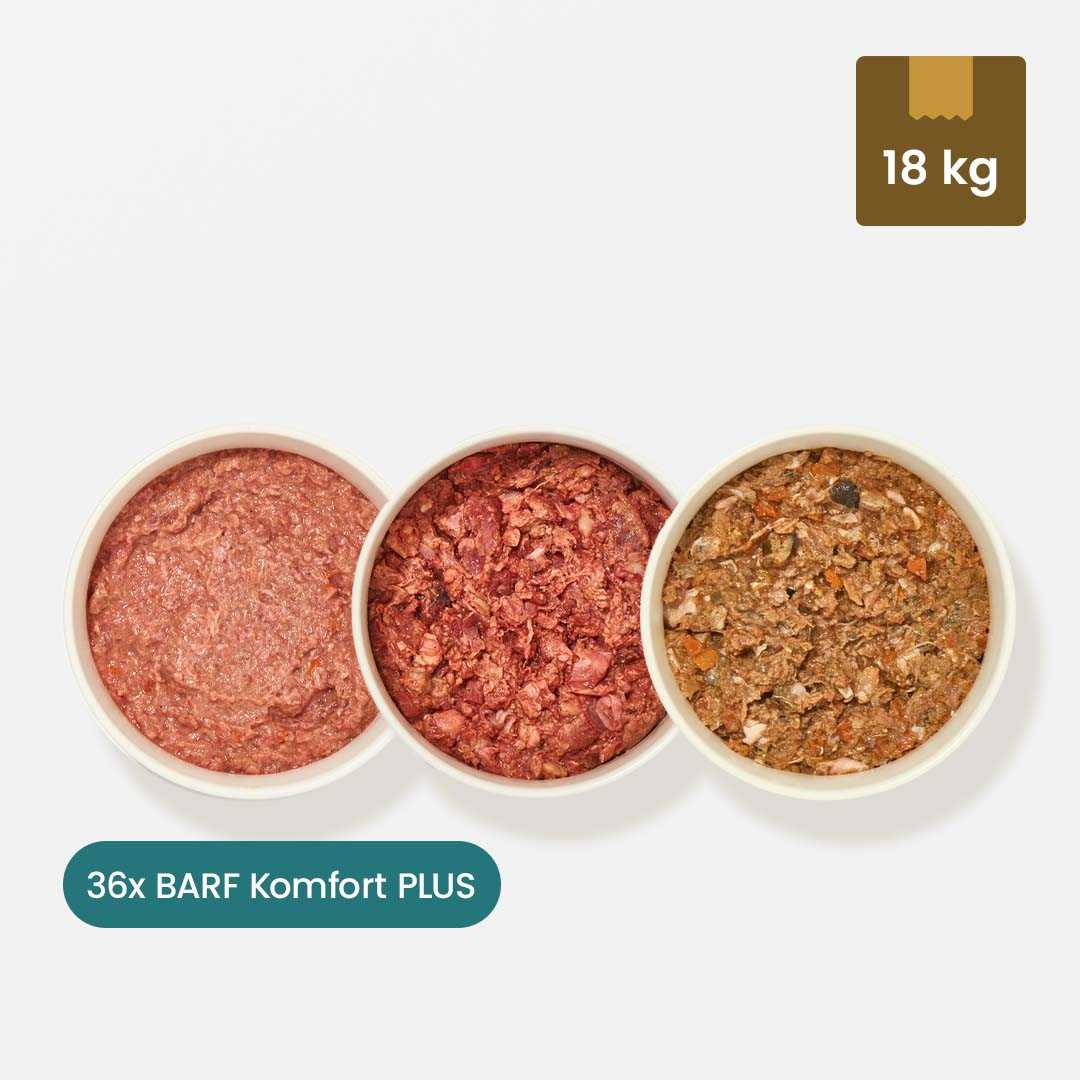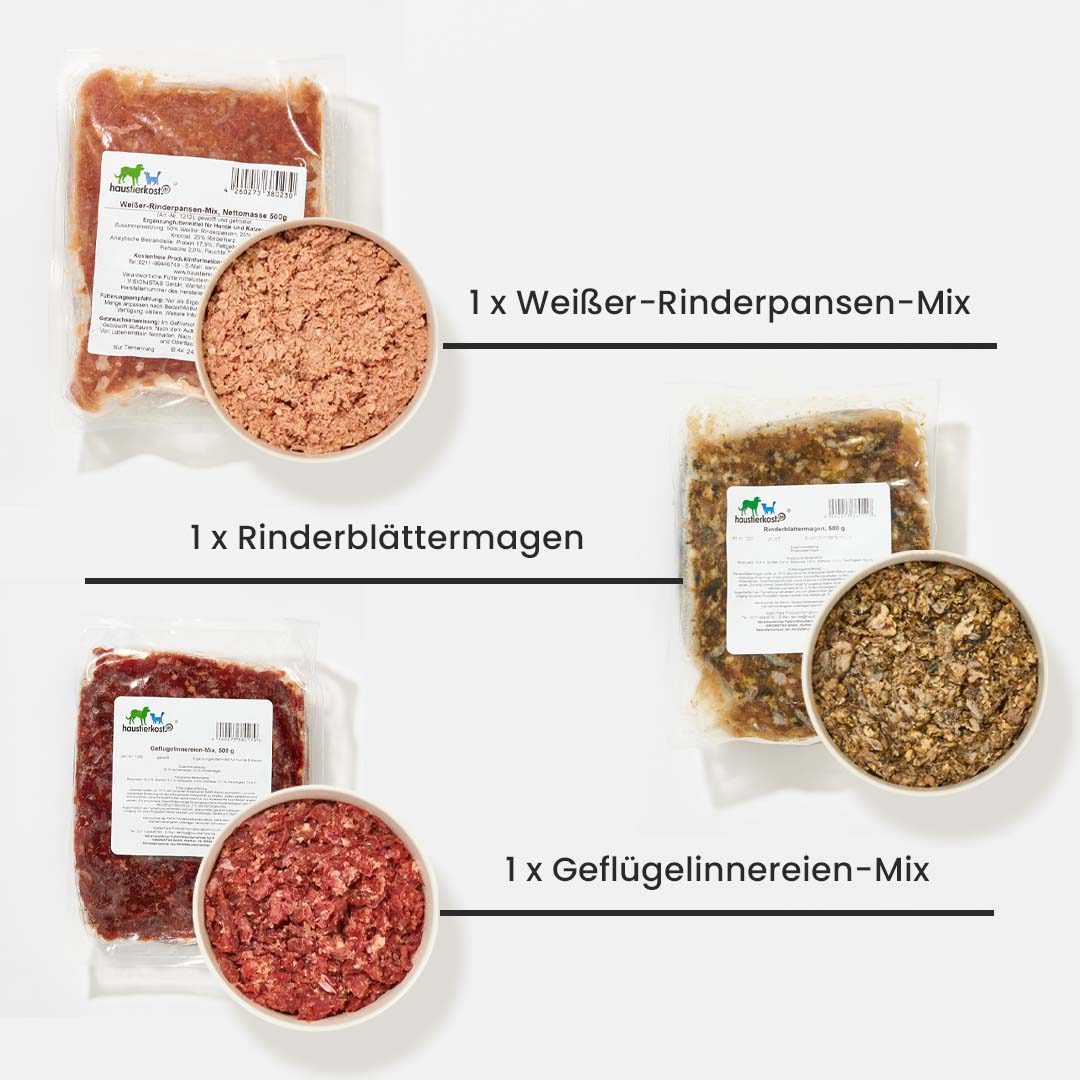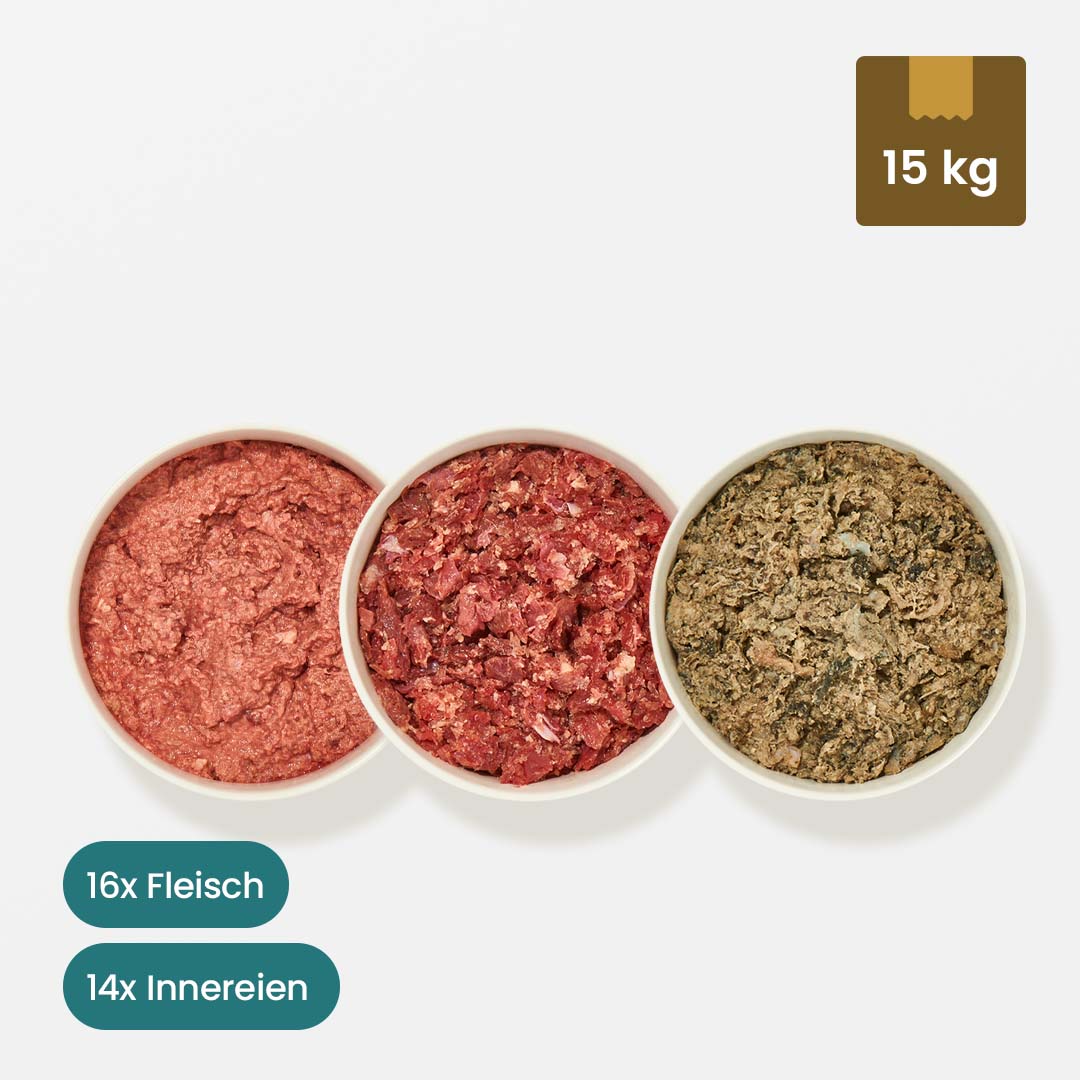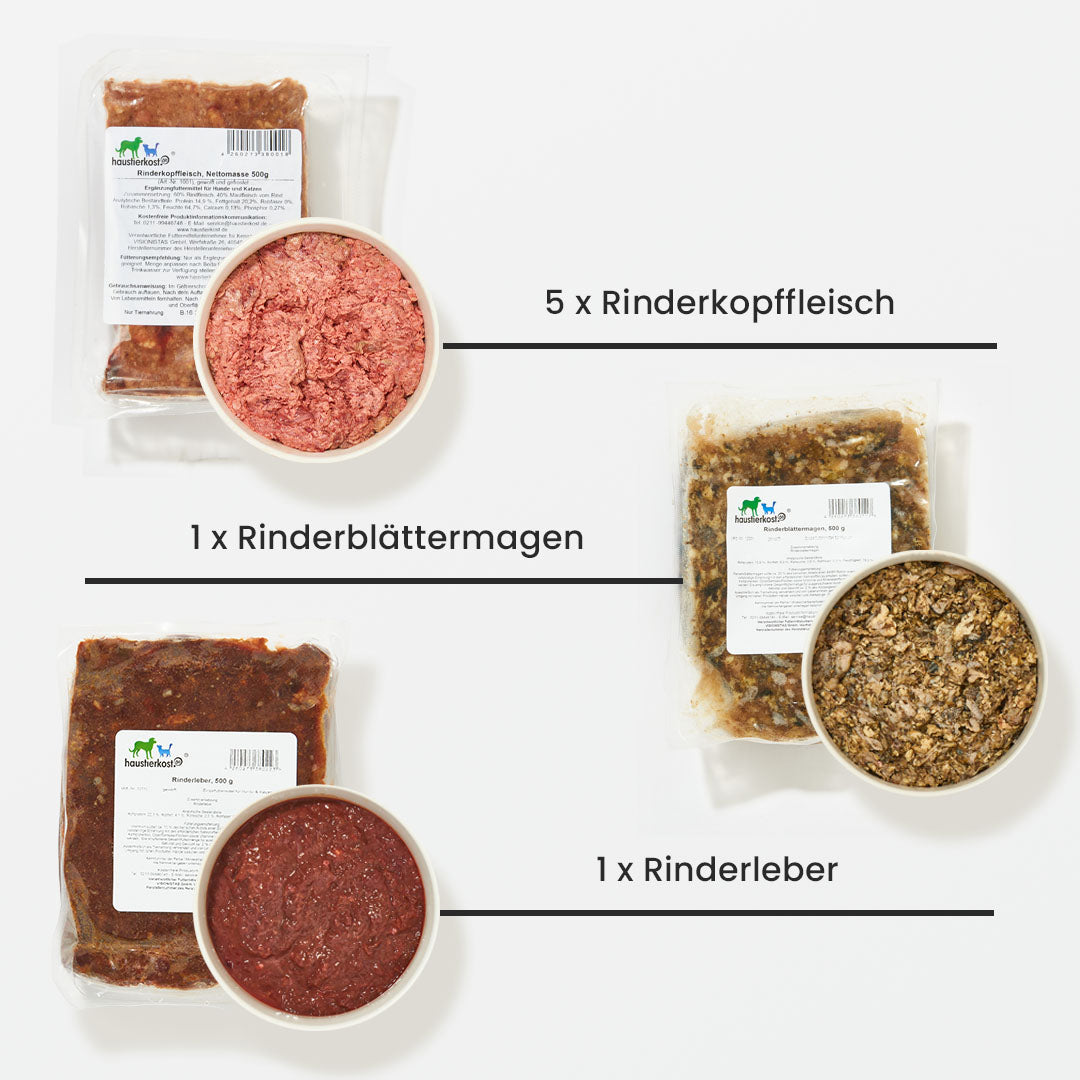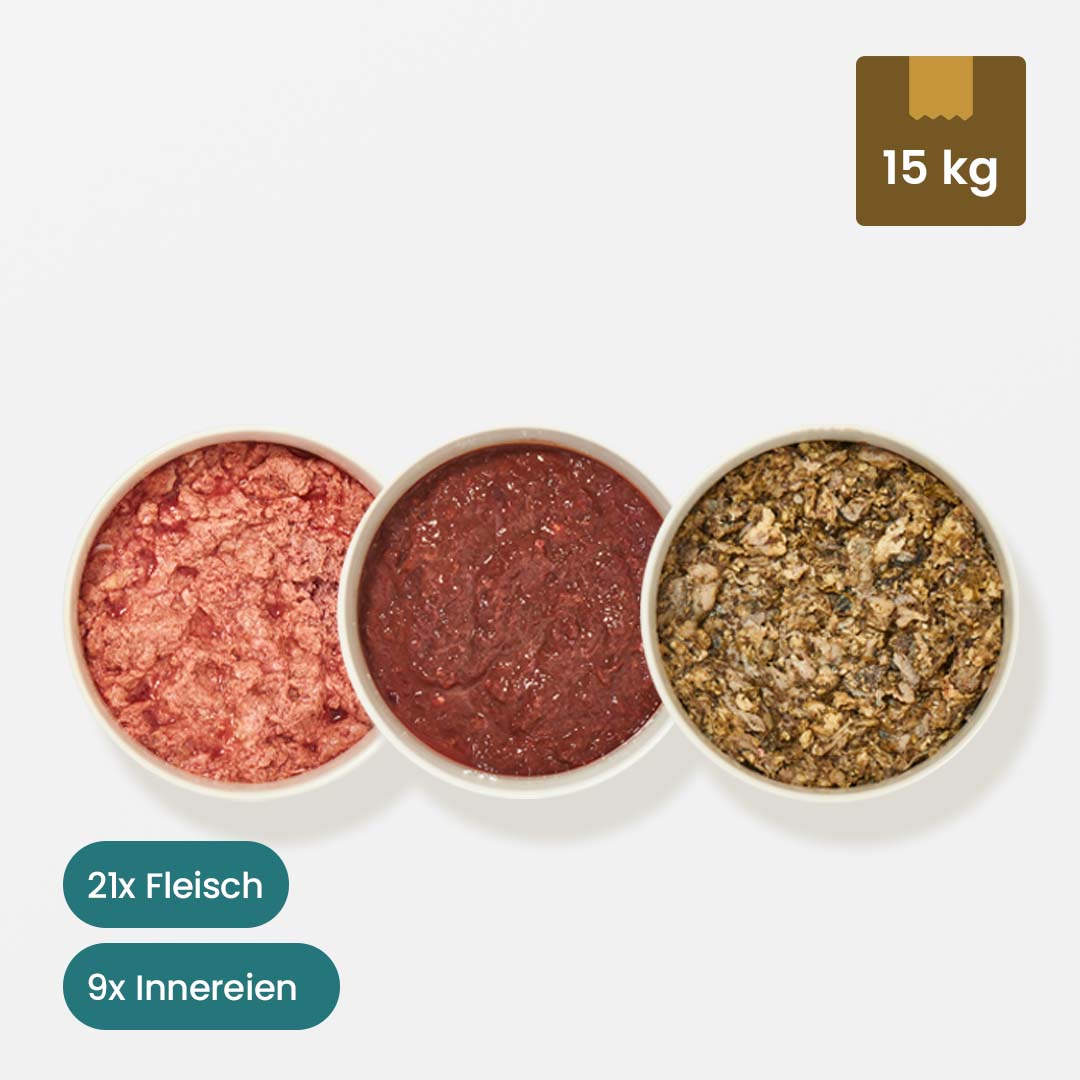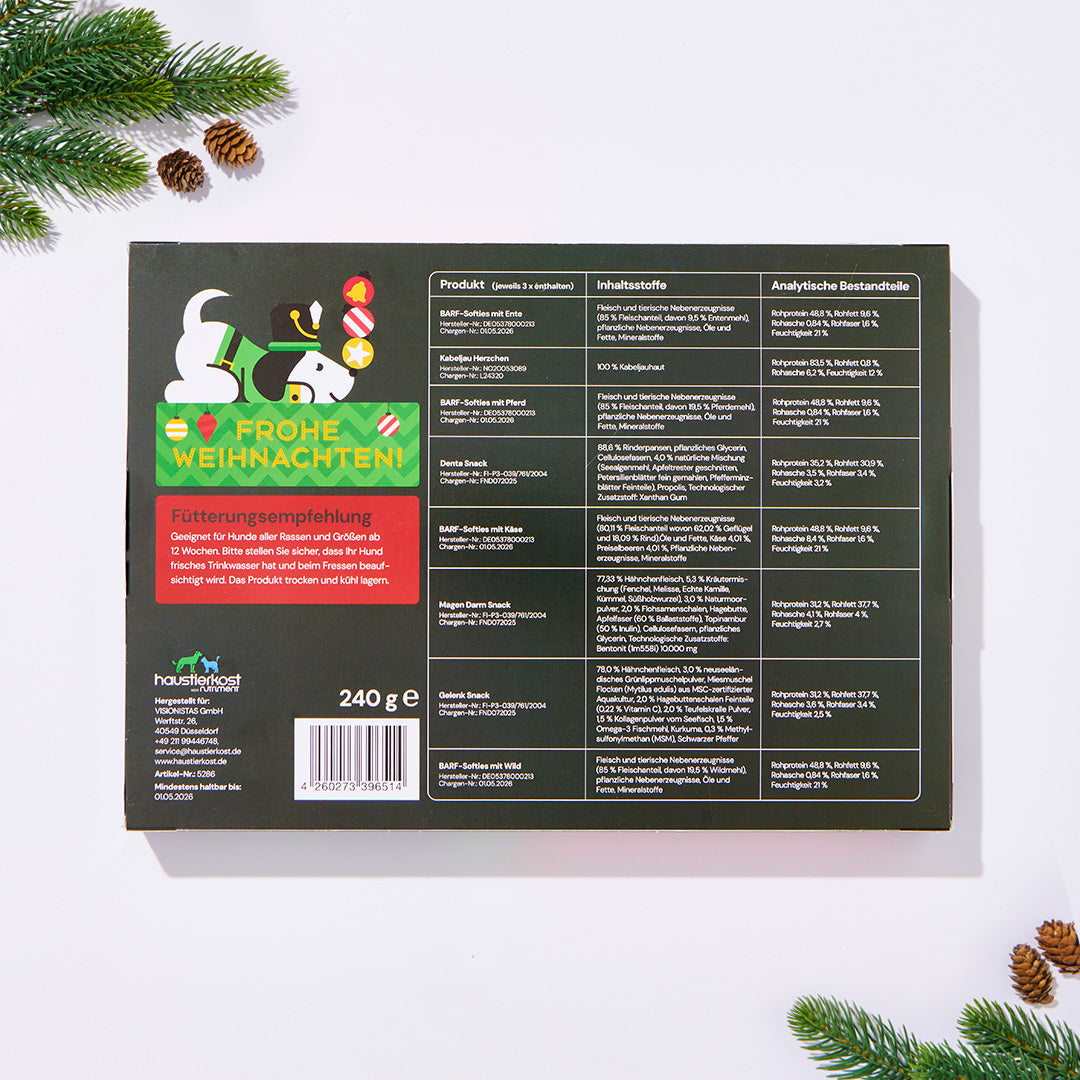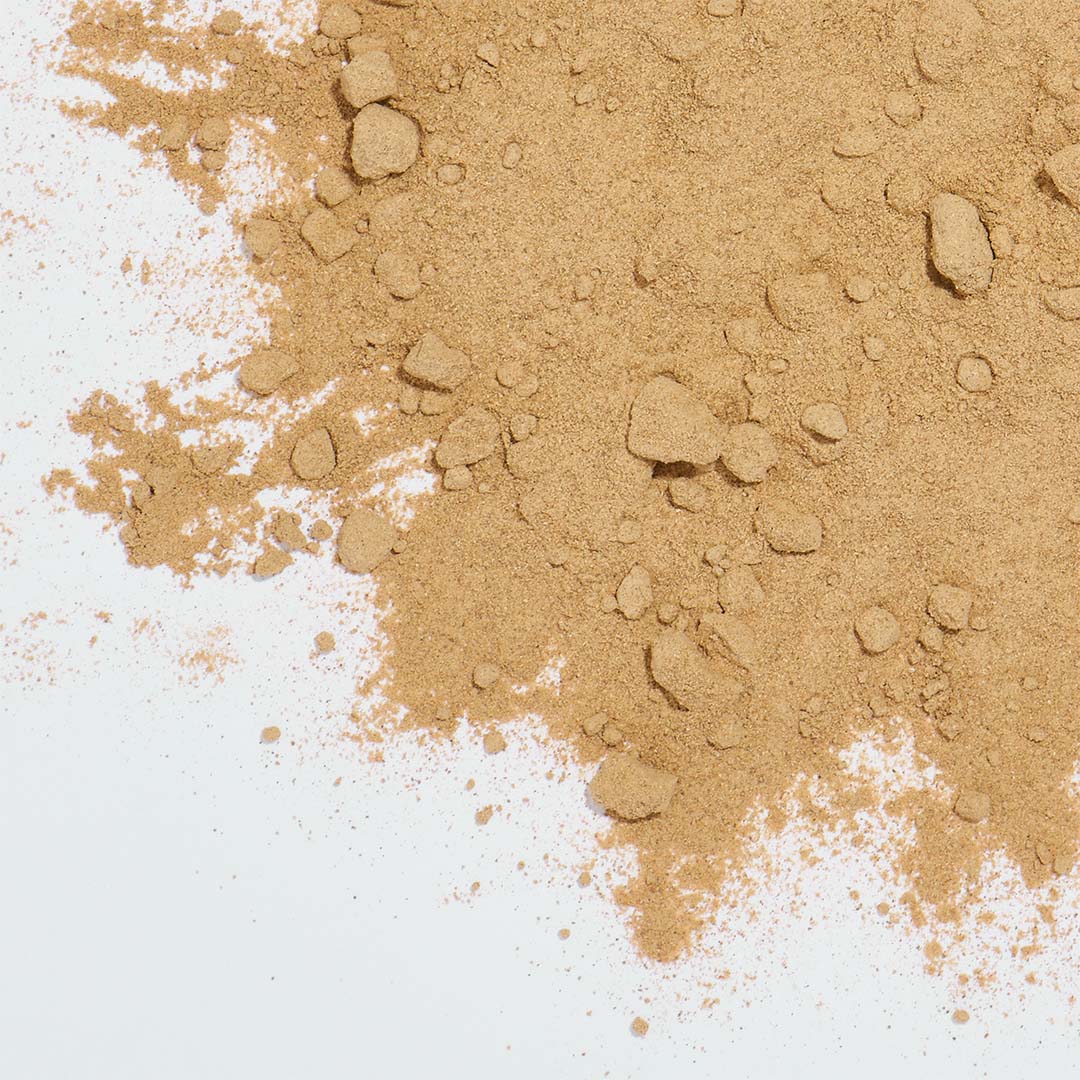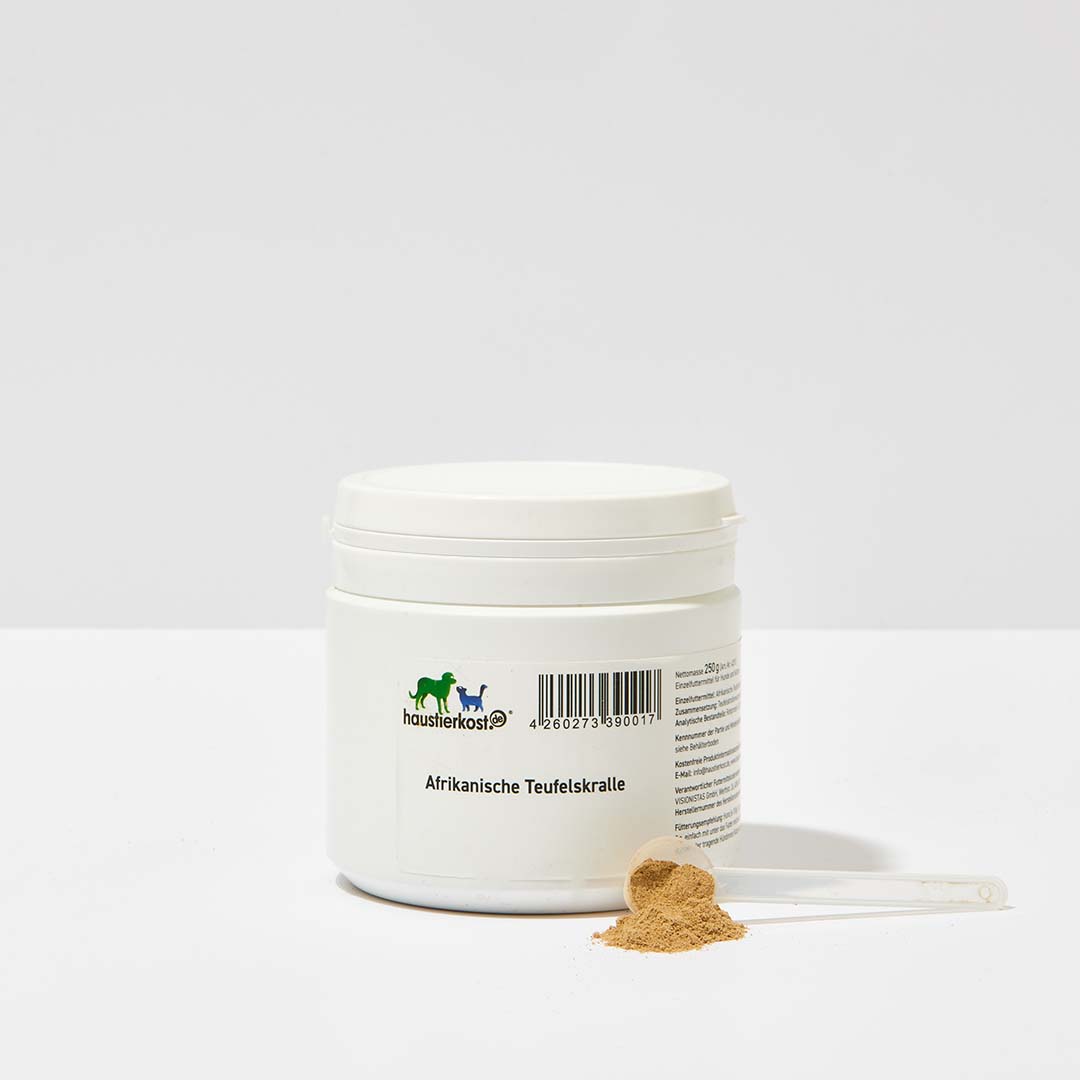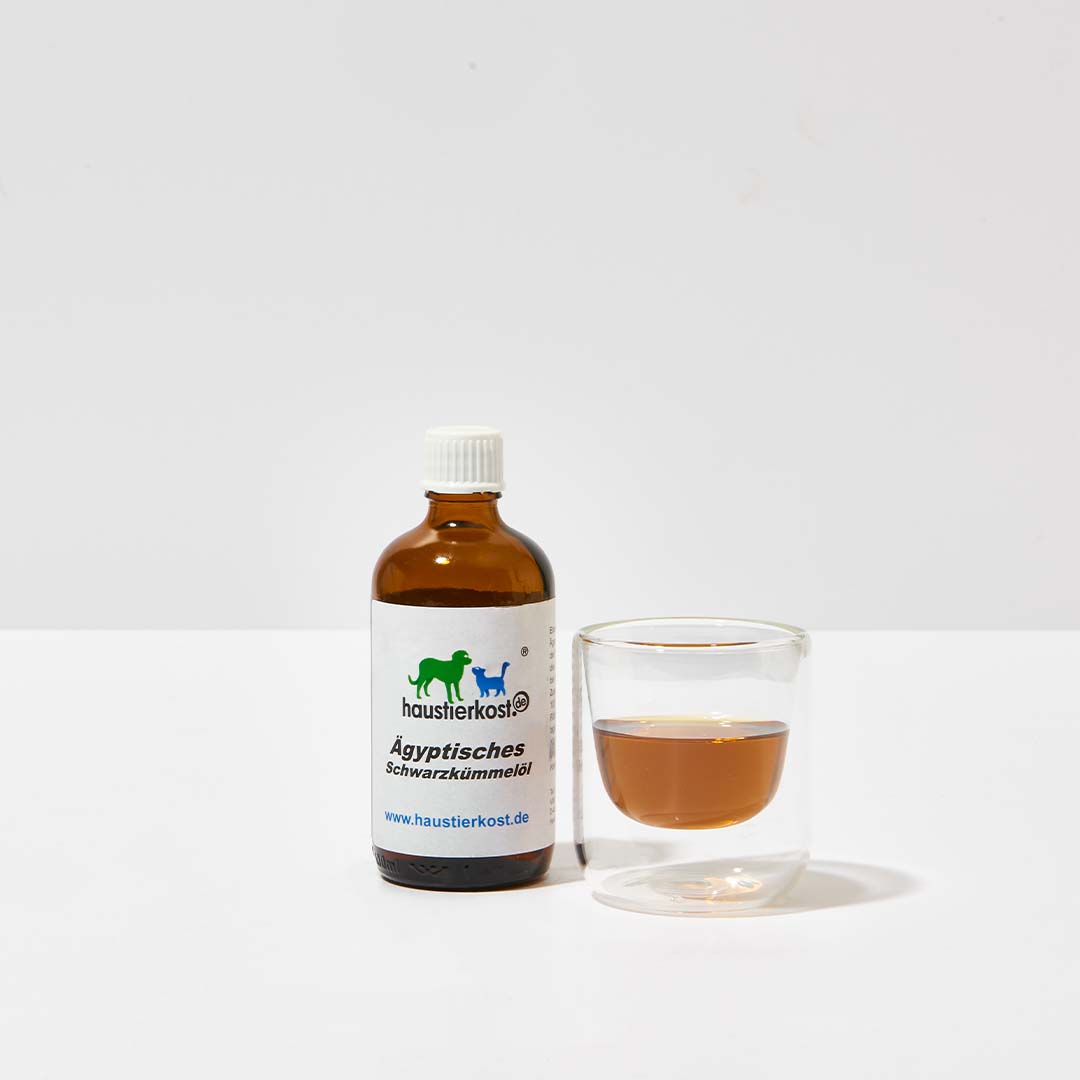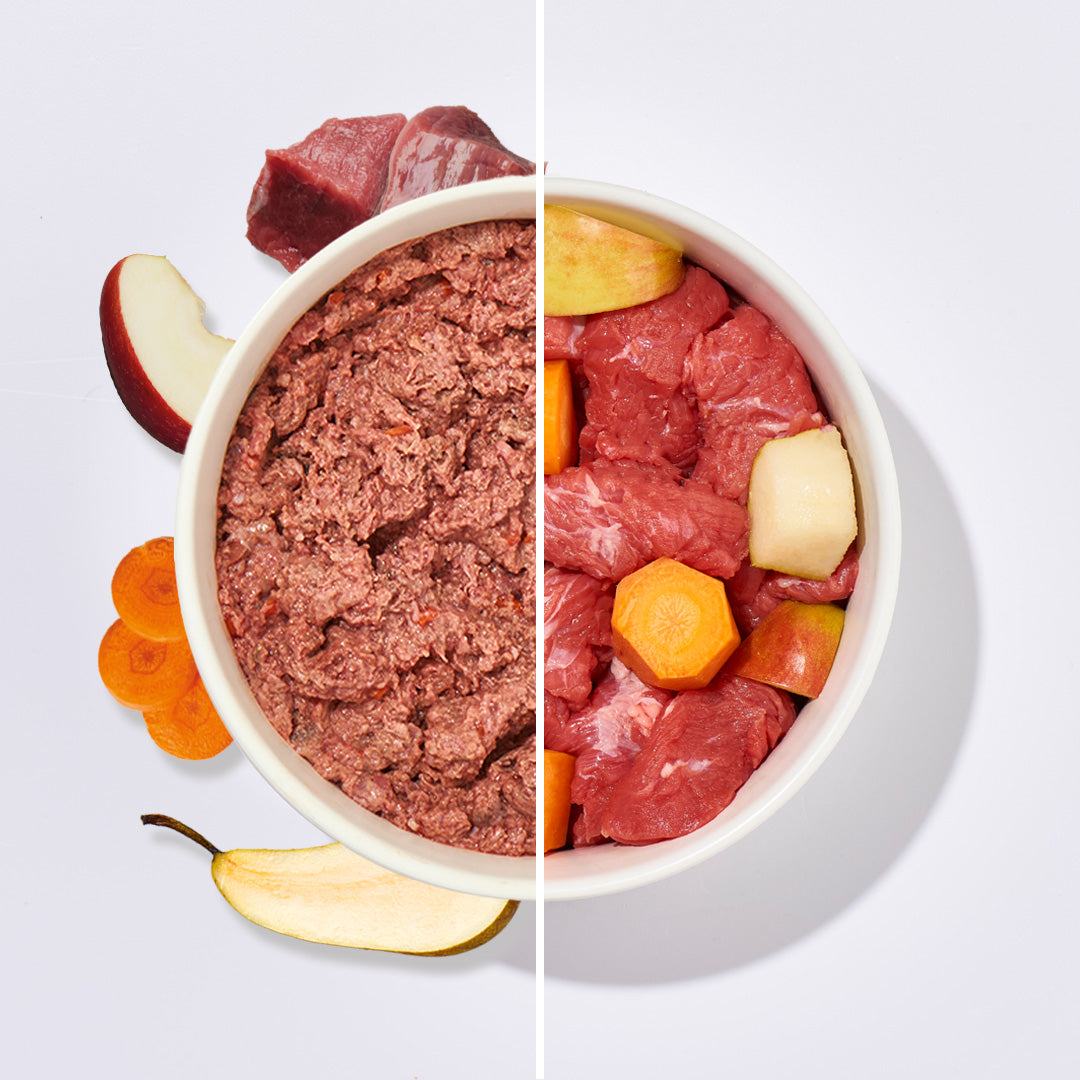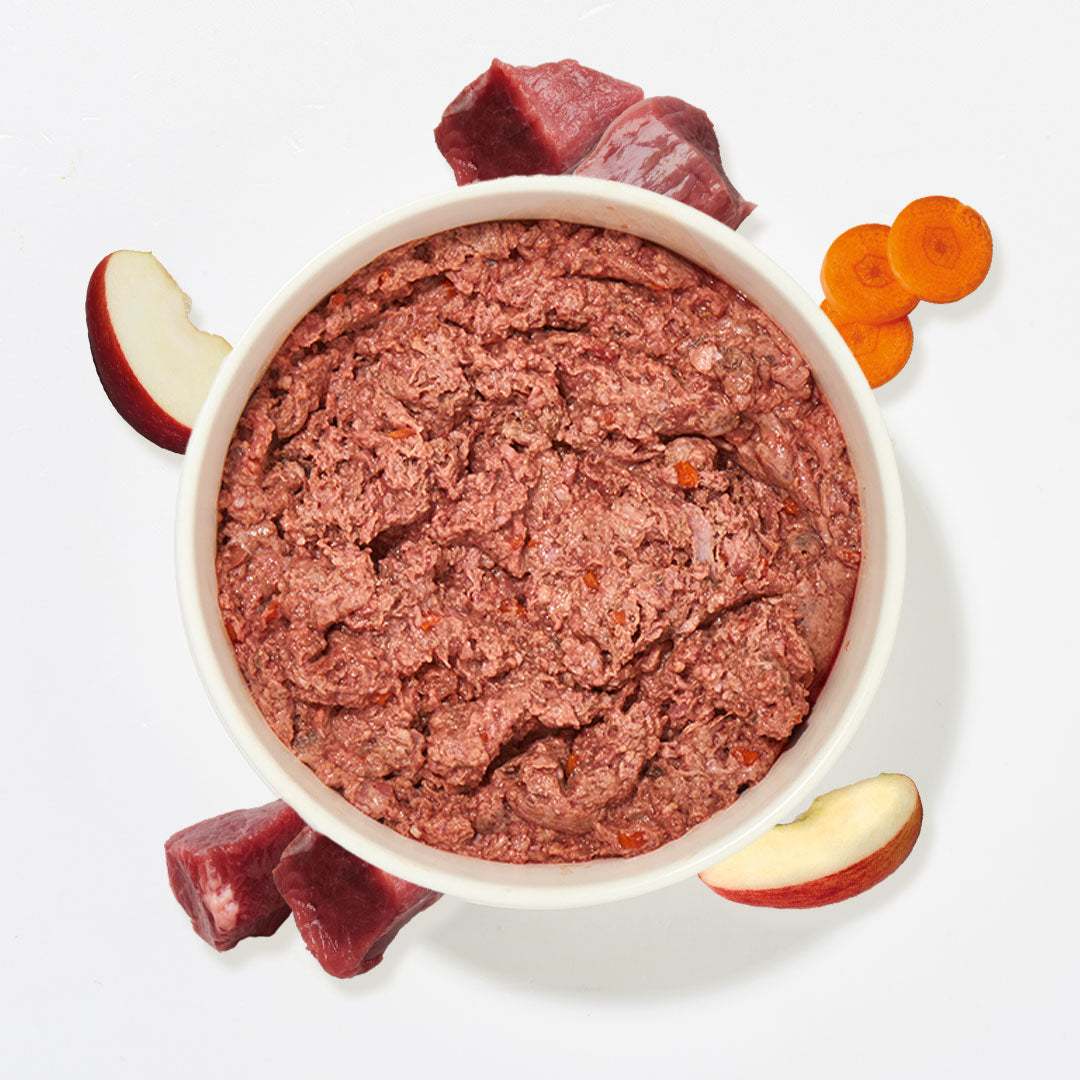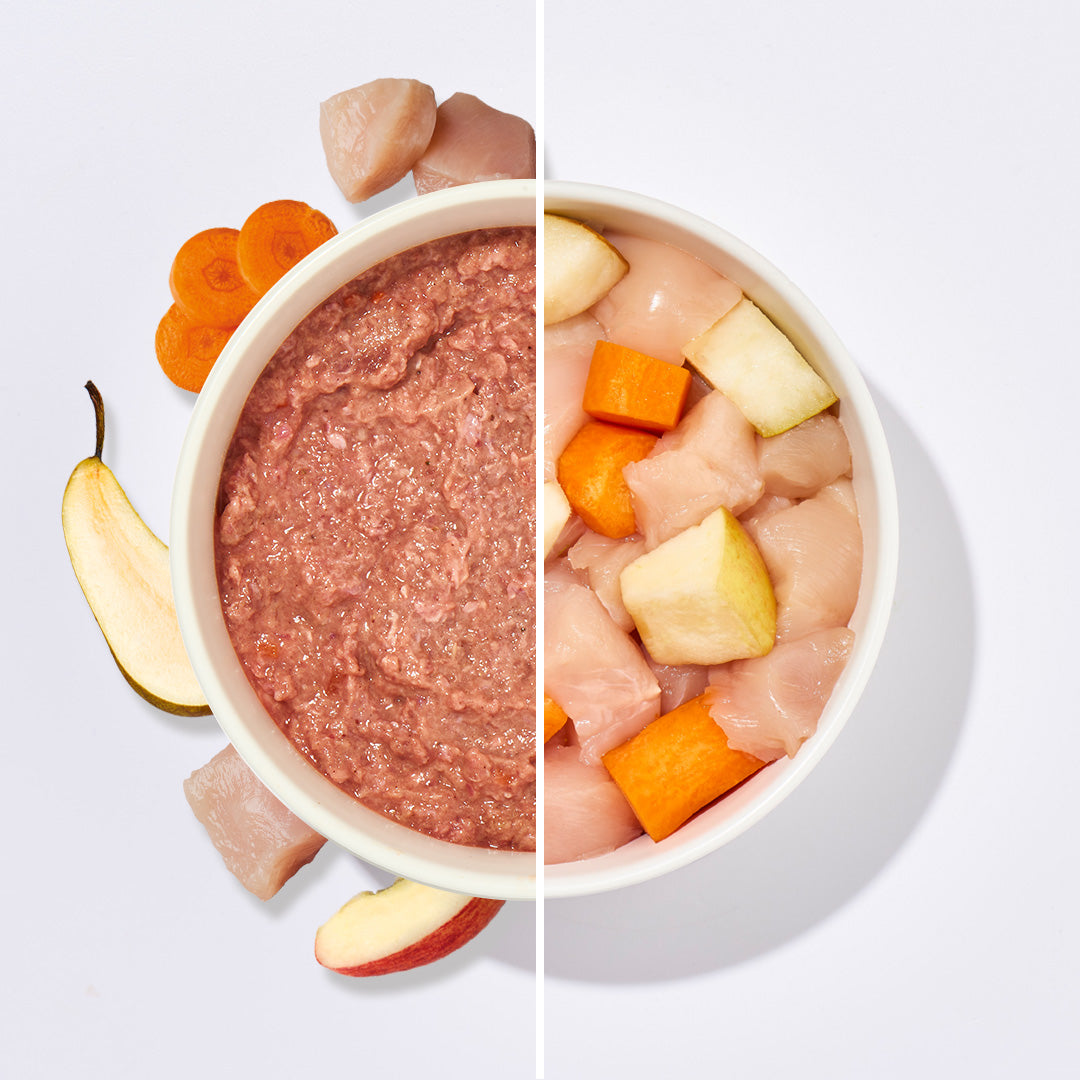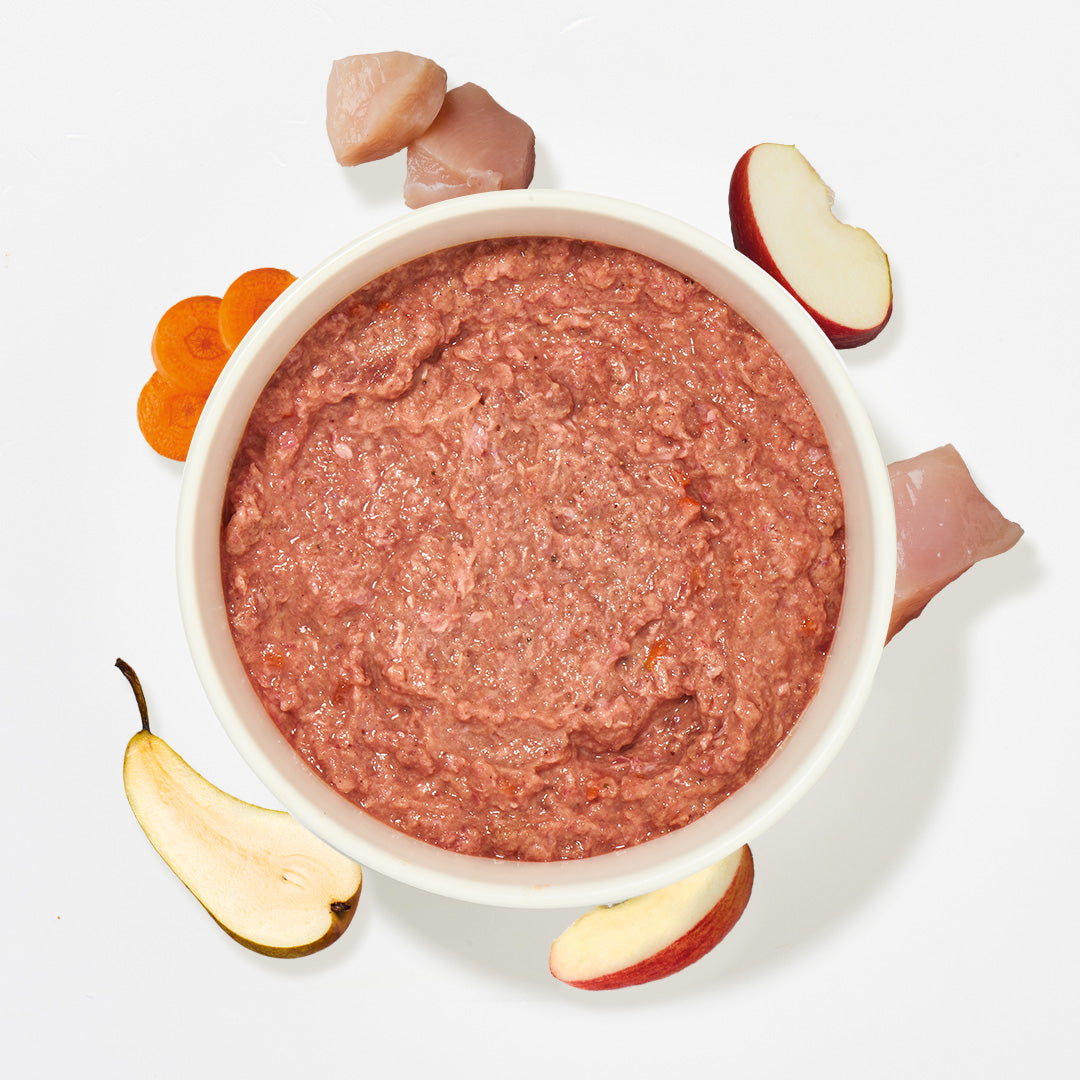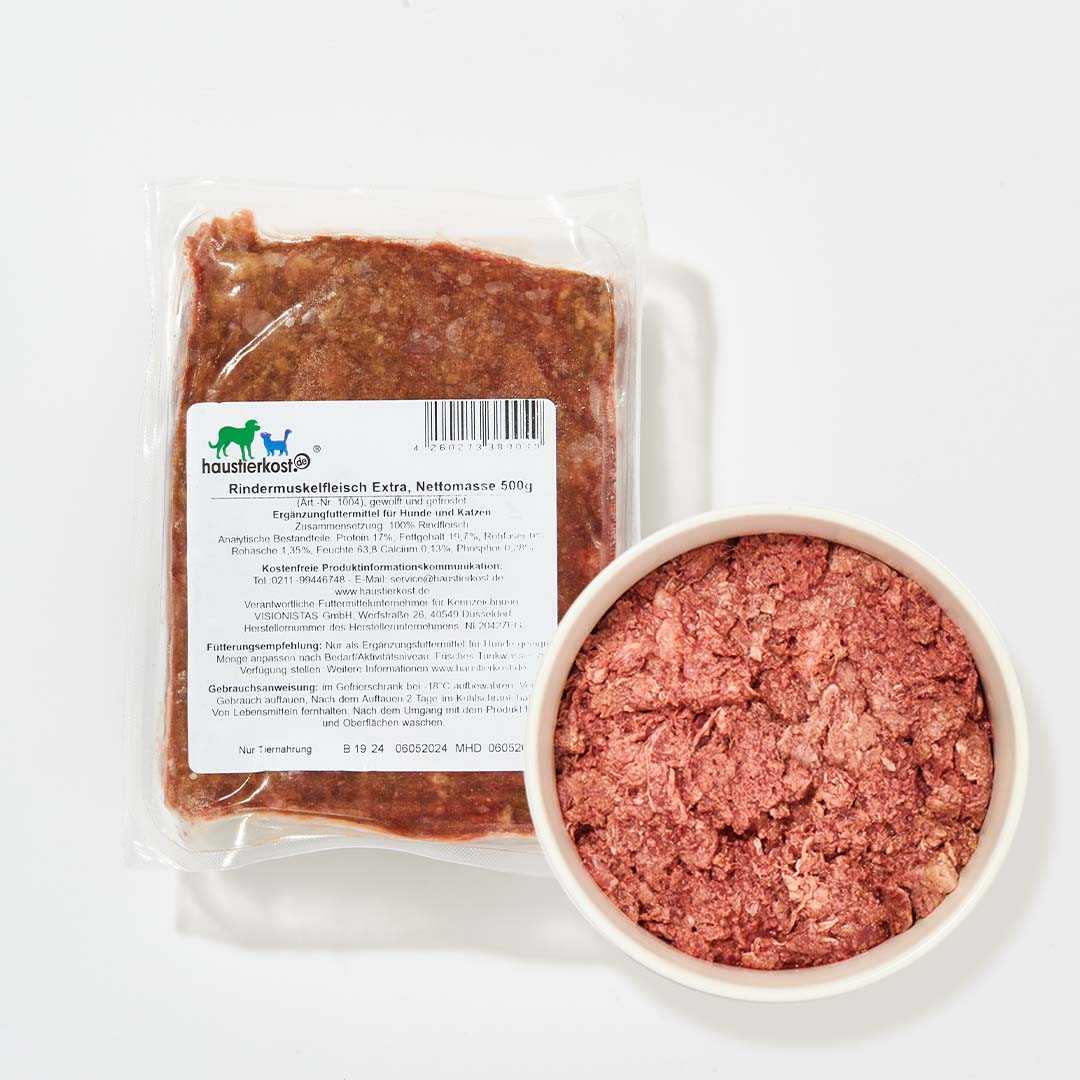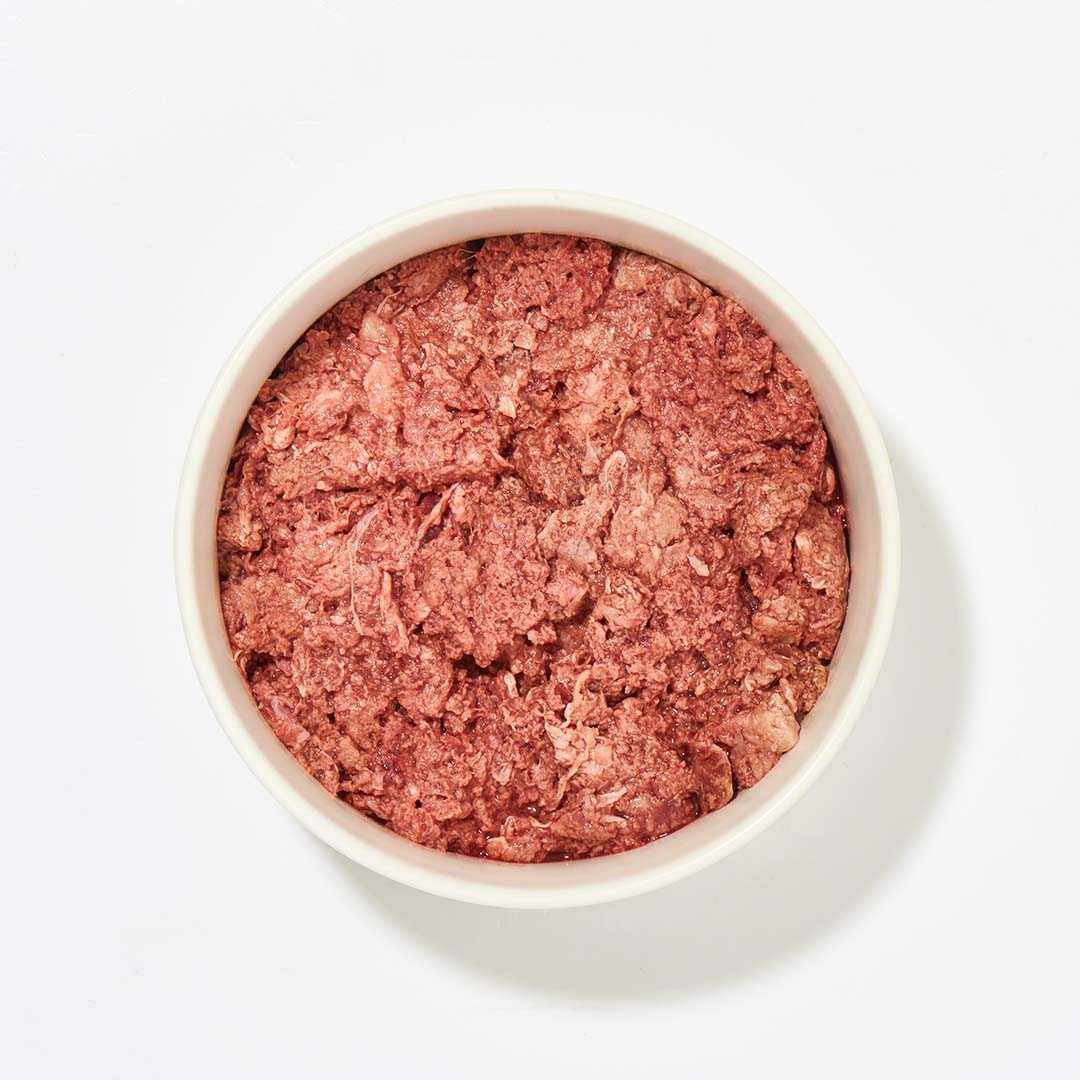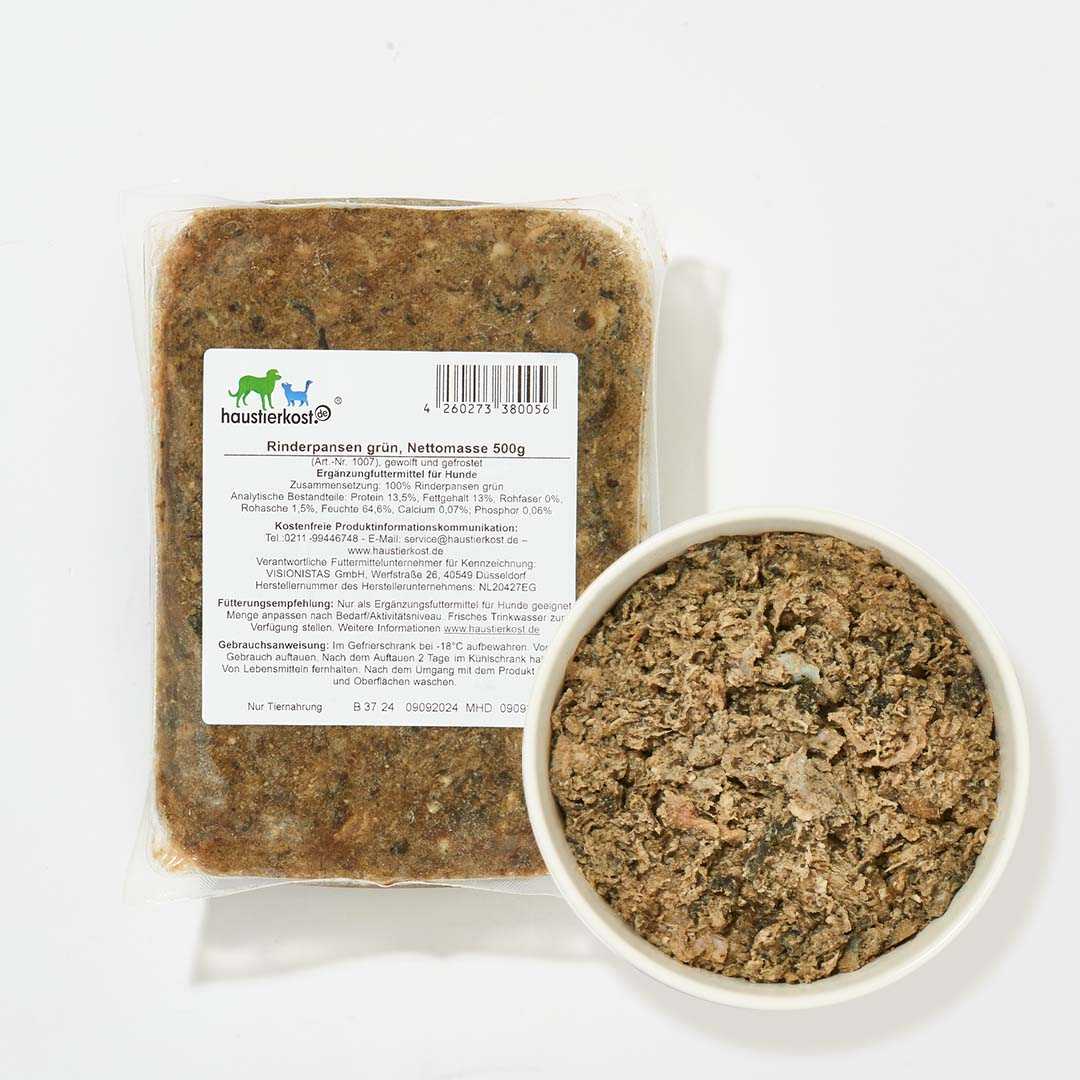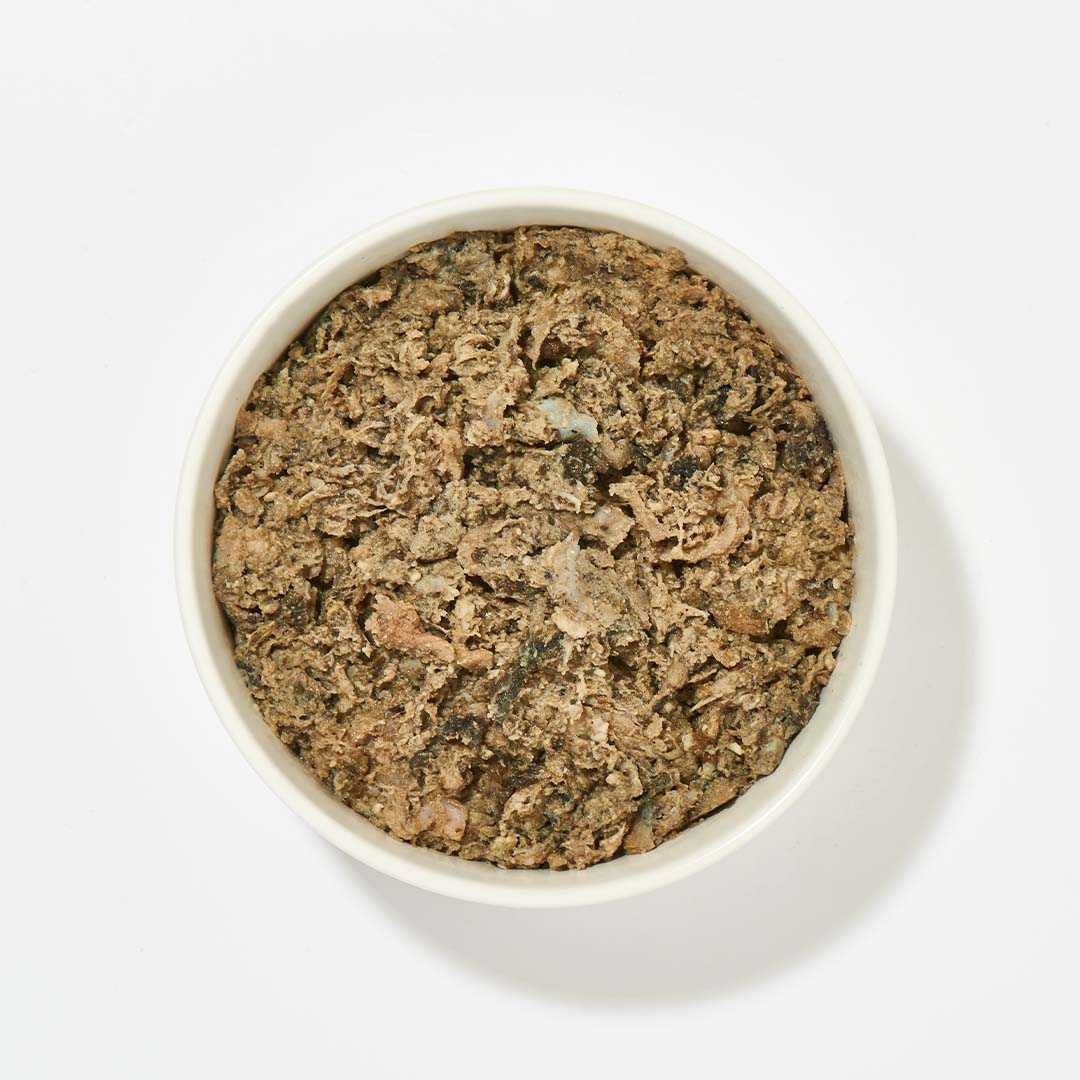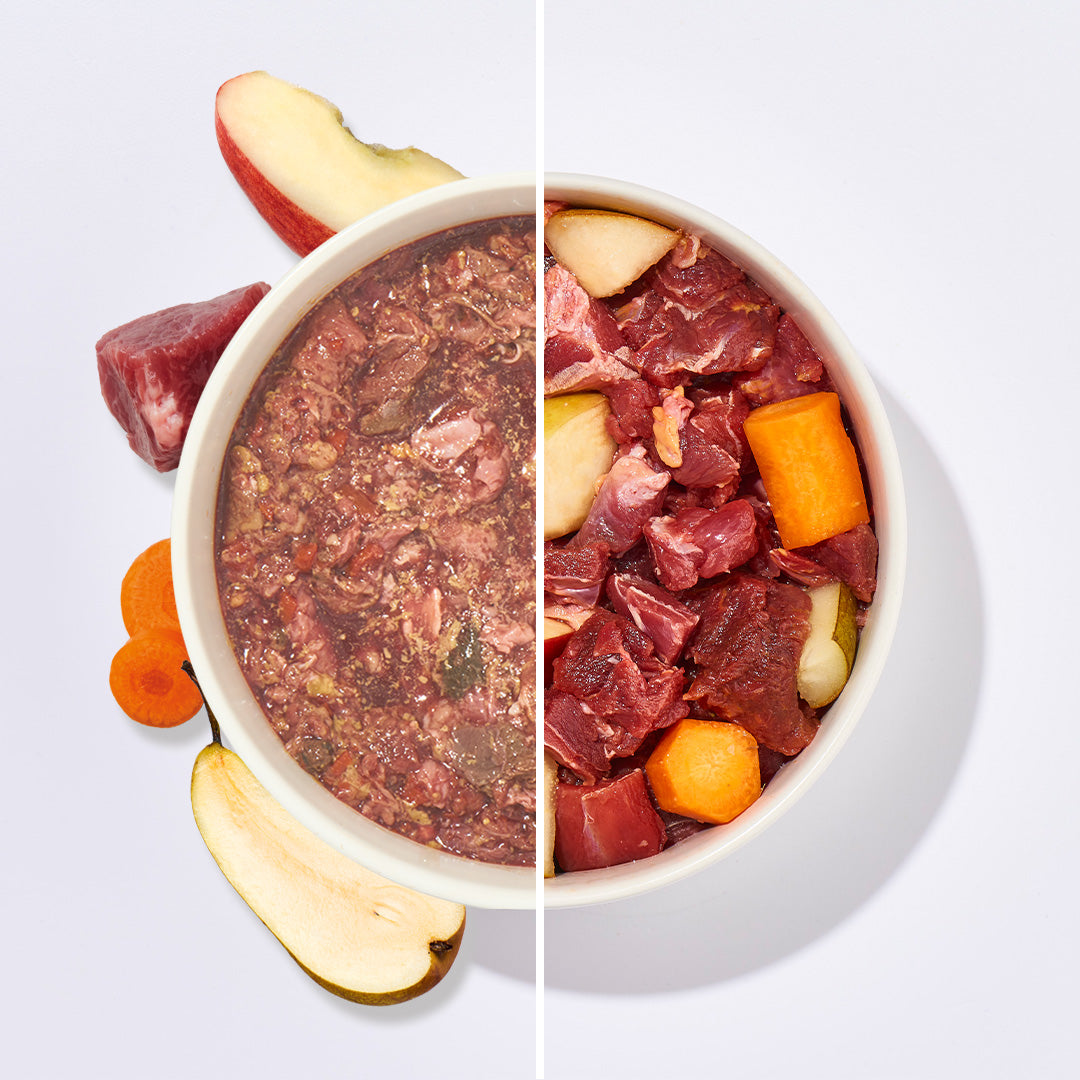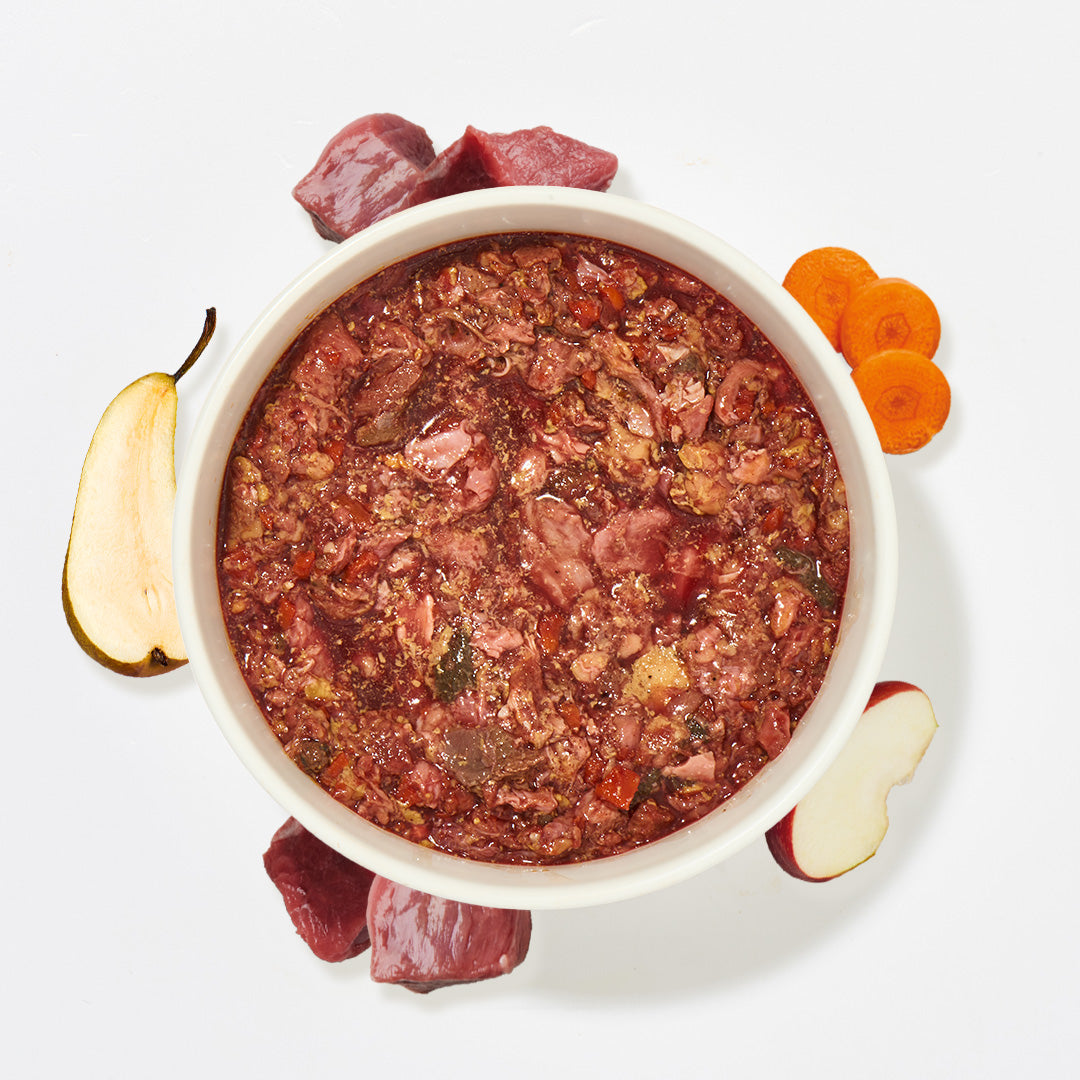When it comes to BARF for puppies and kittens, there are some fundamental differences between the different animal species. These are mainly related to the physiology and behavior of young dogs and cats: While dogs can usually be easily adapted to BARF meat and the other components of a biologically appropriate diet, young cats usually require a much more sensitive approach. Read this article to find out how best to get your animal used to the new food.
BARF for puppies and kittens: the biggest differences
BARF feeding for puppies and young cats differs significantly from one another. As with adult animals, the nutritional mix for BARFing for small dogs is much more varied than for the equivalent kittens. While fruit and vegetables are an integral part of your dog's diet, cats eat mostly meat. BARF for cats, especially for young animals, also consists of fatty meats such as duck , beef or lamb . The reason for this is that small cats grow rapidly and need a lot of nutrients.
Another difference is the speed with which puppies and kittens switch to BARF. Puppies can usually be fed raw meat and the other components of the BARF diet straight away after a short period of hunger during which the animal digests the last meal. Cats and kittens can be a little more demanding here - especially if they are already used to other food. It can help to slightly warm up or fry the raw food. This intensifies the smells and can make the food more attractive to the cat. Alternatively, you can mix the raw meat with the last portions of the prepared food. Increase the proportion so that after a few weeks you are only feeding BARF meat.
BARF for puppies: what you can feed
When BARFing puppies, you should make sure that you give them a balanced diet from the start, consisting of animal and plant-based ingredients, as well as oils and supplements. For the animal component, you can feed whatever your heart desires (or whatever your dog can tolerate). Be it beef , poultry or game - you and your animal have a free choice. For dogs with allergies, horse meat is a very popular choice, but there are plenty of other options here too. The ratio of animal to plant-based ingredients from fruits and vegetables should be around 80:20 to 70:30 percent. Oils , minerals or other supplements, such as our puppy supplement, are also added as required.
BARF for kittens: Pay attention to calcium and taurine
Calcium and taurine are two of the most important ingredients when BARFing kittens. Calcium strengthens the bones, while taurine is only found in certain types of meat, such as offal. If these are not on the menu, taurine must be added as a supplement, as the substance is vital for the cat. Targeted supplementation is possible, for example, with taurine powder, which you can also buy in our BARF shop . It is also very important for kittens that their stomachs are not put under too much strain. Meals should therefore be spread out over several times a day.
So you are prepared for BARF feeding for puppies and kittens!

